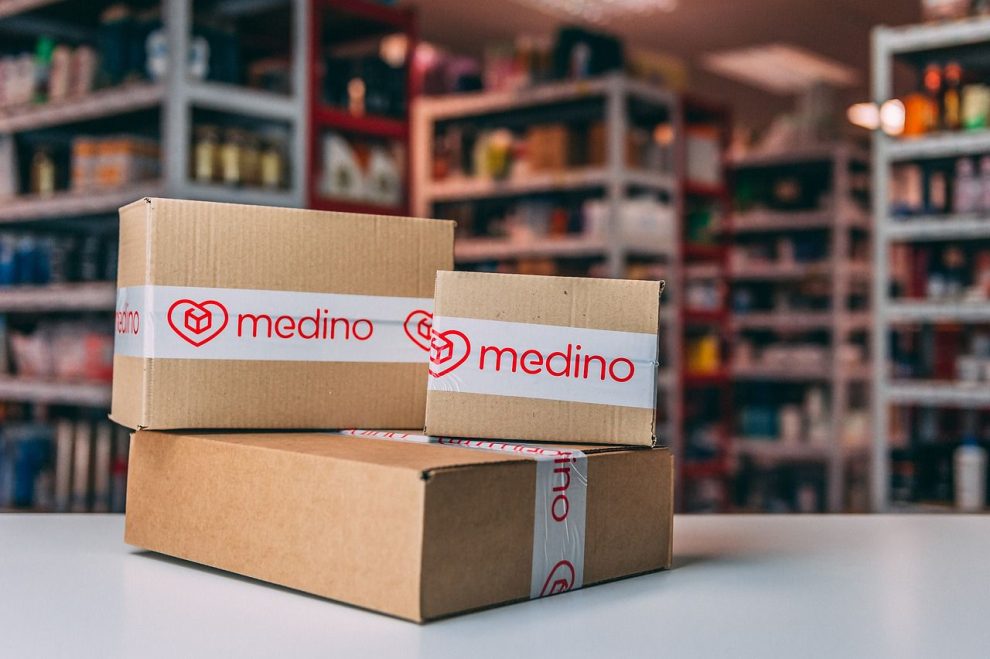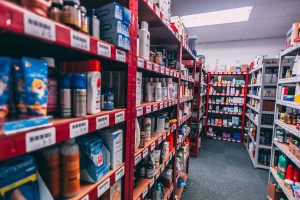As online shopping continues to gain ground, commercial retail companies need to provide the best in-store experience to their customers to remain competitive. During peak traffic hours, large supermarkets and hypermarkets deploy extra manpower and digital techniques like self-checkout to reduce wait times and provide a hassle-free shopping experience. A crucial factor in providing a quality experience is the number of shopping carts available in the store. In this article, we discuss shopping cart optimization and how it’s done.
What is Shopping Cart Optimization?
Shopping cart optimization involves determining the optimal number of shopping carts required in a store at any given time. It is a critical logistical support mechanism that enables customers to move around the store with ease and shop for more products at once.
Why is it Required?
It’s essential to provide customers with everything they need to ensure minimal wait times and a positive shopping experience. A lack of available shopping carts during peak hours could result in customers leaving the store frustrated and disappointed. To mitigate such risks, retailers use historical data and forecasting techniques to determine the optimal number of shopping carts required at any given point in time. This ensures that the store traffic is managed appropriately, thereby providing customers a hassle-free and positive experience.
How is it Done?
To arrive at an optimal number of carts, factors like store format, geography, demographics, and customer likeliness of products are taken into account. Retailers utilize standard statistical mechanisms to calculate the optimal number of carts required on an hourly basis. Stores are clustered, and the optimal number of shopping carts is predicted using several methods like K-means or tree regression/CHAID algorithms. Once the optimal number is arrived at, retailers use manual methods to make any tweaks required to ensure that it makes sense in terms of business. The service volume is the number of transactions/total shopping carts in a store at a given point in time. Retailers try to maintain a service volume of 1; if it exceeds 1, they optimize the number of carts.
Benefits and Outcome
Shopping cart optimization is a crucial factor in providing a positive customer experience. A good shopping experience increases the probability of customers shopping more from the store, thereby increasing footfalls and sales. Retailers must leverage shopping cart optimization as a tool to drive footfalls, transactions, and sales.











Add Comment